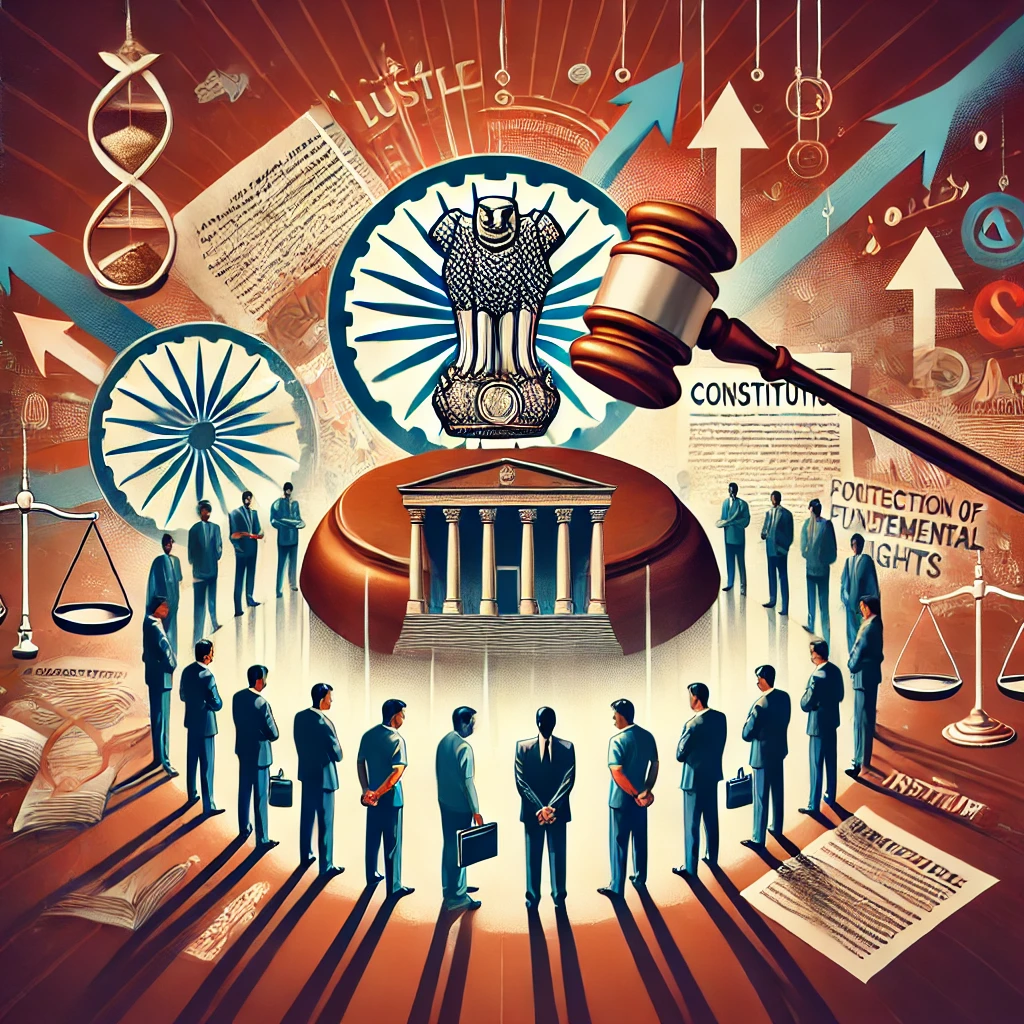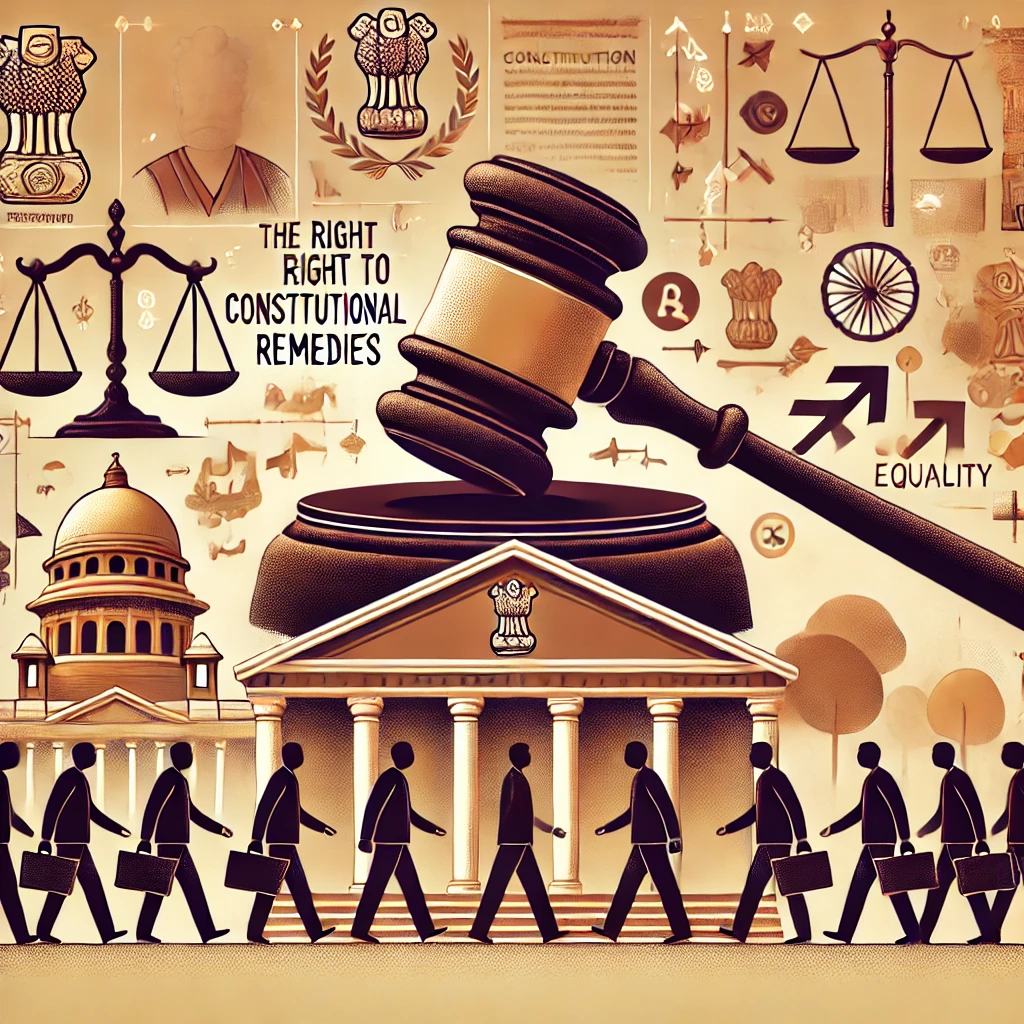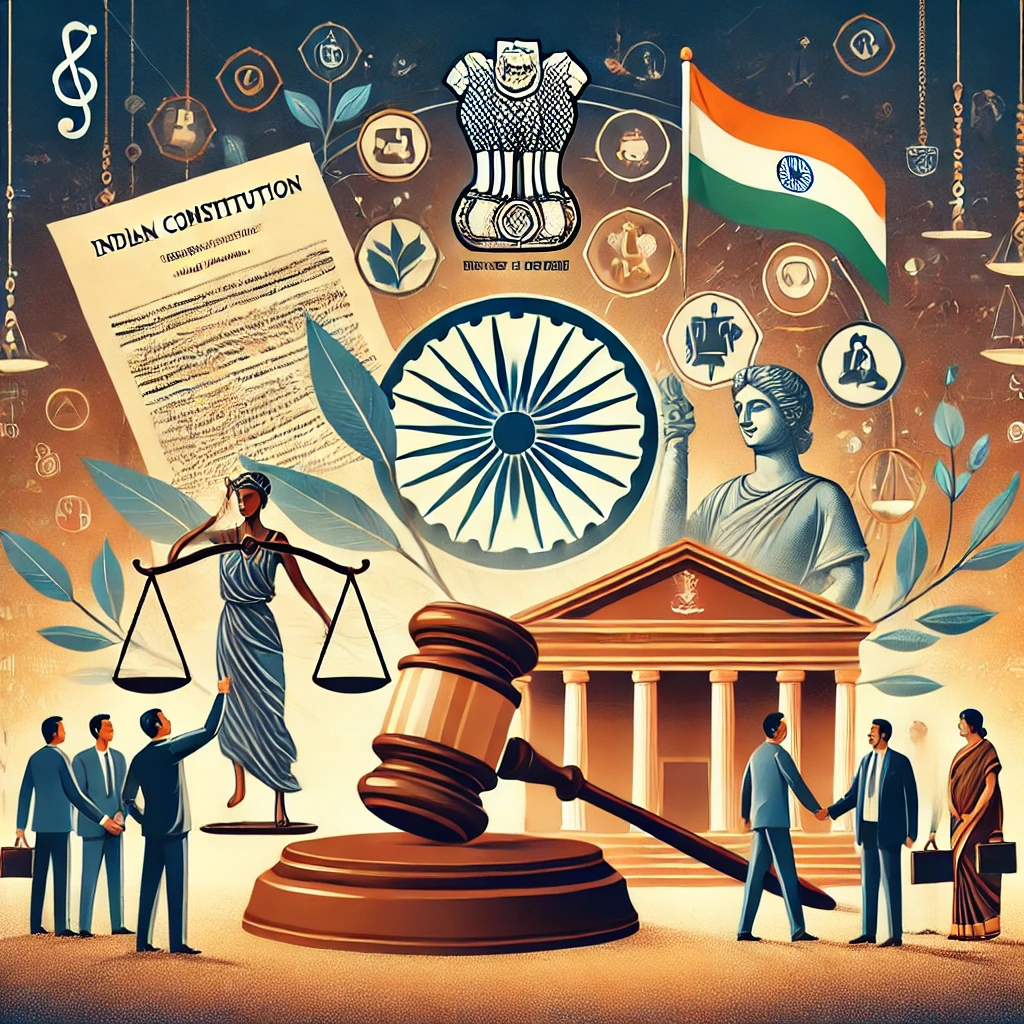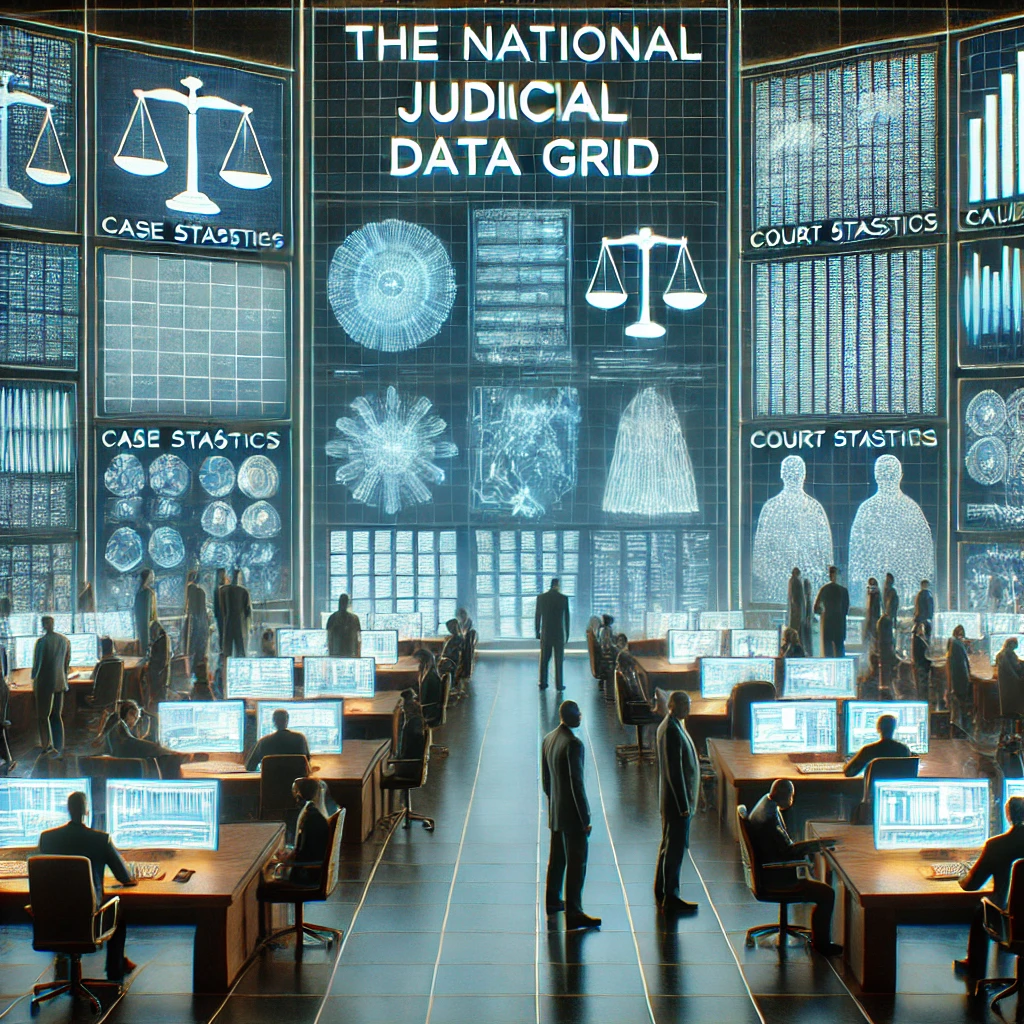Right to Constitutional Remedies has been deemed an integral part and parcel of the Indian Constitution. Therefore, the country’s citizens can seek relief, in this case protection, before the Supreme Court or High Courts. This has been incorporated under the fundamental rights umbrella of the Constitution so that these rights of freedom and liberties can be protected by the very Constitution. Without the Right to Constitutional Remedies, citizens would have no direct means to assert their rights when these were violated by the State or other entities. It is seen as the final power that those who framed the Constitution considered to be essential to empower individuals. This right could prove to be a tool for upholding the principles of justice, equality, and liberty. To understand the importance of this right, its historical background and legal framework should be considered. The essentials of this right are as follows:
- It is a part of Article 32 of the Indian Constitution.
- It was termed by Dr. B.R. Ambedkar as the “heart and soul” of the Constitution.
- It is issued in the form of writs by the courts.
What is Right to Constitutional Remedies?
The Right to Constitutional Remedies confers the power on the citizens to approach judiciary in case of the violation of their basic rights. It empowers the citizen directly to approach the Supreme Court as well as the High Courts. This means swift justice for citizens. The very Article 32 of the Indian Constitution guarantees this right. It is considered a direct and potent mechanism against governmental overreach.
The Supreme Court can provide writs like Habeas Corpus, Mandamus, Prohibition, Certiorari, and Quo-Warranto. All these writs are for different reasons and protect citizens differently in different situations. Therefore, the Right to Constitutional Remedies serves to safeguard not only the liberty of the individual but also to keep the democratic process alive.

History of Right to Constitutional Remedies
The Right to Constitutional Remedies has deep historical roots. It finds its beginning in the freedom struggle when the colonial rulers disregarded all rights of the individual. The need for a strong legal remedy to safeguard the rights of citizens became one of the major issues during the freedom movement. The Indian Constitution was, by and large, inspired from various global constitutions. However, the innovative concept of providing the Right to Constitutional Remedies was an outcome of the historic experience of the Indian nation at the hands of the British.
The principal architect of the Indian Constitution, Dr. B.R. Ambedkar, accorded importance to this right. He used to feel that citizens were in need of protection from the wrong use of power by the State, and it was only because of this right that he could protect citizens. This right was incorporated in the Constitution in 1950. At that time, India was one of the few countries which granted such an immense and comprehensive remedy for such violations.
Constitutional Remedies Legal Provision
Article 32 of the Constitution grants the Right to Constitutional Remedies. Under that, it is accessible for a citizen to have a right of appeal directly to the Supreme Court in case their fundamental rights have been violated. Article 226 extends the same power to the High Courts, though in a more regional capacity. These provisions ensure that rights given under the constitution are protected through judicial means as quickly as possible and effectively as possible. The right enables the judiciary to grant various writs. Five types of writs come under this category.
Types of Writs Under Right to Constitutional Remedies
- Habeas Corpus: It protects an individual from illegal detentions. If a person is kept detained for no legal reasons, this writ ensures that the person is released.
- Mandamus: This writ compels a public official to perform a duty which he is legally obliged to perform. It results in the removal of negligence on the part of the officials.
- Prohibition: This writ is issued to the subordinate courts so that those courts are prohibited from acting beyond their authority. It ensures the rule of law.
- Certiorari: This writ makes the higher courts capable of sending up decisions taken by the inferior courts for review. It ensures fair trial and dispensation of justice.
- Quo-Warranto: It raises a question as to the legality of anyone’s claim to some public office. It bars illegal occupation of public posts.

Importance of Right to Constitutional Remedies
This is the right to constitutional remedies, which acts as a guardian over other fundamental rights. It can check authorities from misusing their powers. Without this right, citizens would have no proper way to enforce their rights. It empowers the judiciary to intervene cases of rights violations. Thus, it upholds democracy and the rule of law.
Furthermore, this right ensures that the Legal Provision for Constitutional Remedies remains within reach of every citizen. It maintains that there should be a balance in power for, between the State and the citizen. The Right to Constitutional Remedies serves as a shield against discrimination, inequality, and injustice.
Role of the Judiciary in Constitutional Remedies
This plays a very important role for the Indian judiciary to enforce the Right to Constitutional Remedies. These rights were extended to the citizens through the Supreme Court and High Courts. And their role is to protect the rights of citizens, with the power to interpret the Constitution as they believe right at each step. The various provisions in this Constitution of India were to be followed; thus, the courts would provide swift delivery of justice to the people by virtue of issuing writs.
It has also expanded the scope of this right over the years through landmark judgments which reinforced the idea that Right to Constitutional Remedies is an indispensable part of Indian democracy. For long, people have shown a lack of confidence in the legal system; the courts took proactive measures to address human rights violations and strengthen the faith of citizens in the law.
Challenges and Limitations
The Right to Constitutional Remedies is such a powerful tool; however, it too has some challenges. Delayed judicial processes are some of the main issues facing this right. Cases can take years to be heard by the court. In most instances, despite what efforts the courts may put into defending the cases, a lot of time passes by, thus frustrating the effectiveness of the remedy.
Another is a lack of citizen awareness about rights. Most people do not know how to approach the courts or use the legal provisions effectively. In addition, the language used and procedures are intimidating to the ordinary individual.
Conclusion
The Right to Constitutional Remedies is the lifeline of Indian democracy. It empowers a citizen to further his rights and make sure justice. This right, under Article 32, provides for direct judicial remedies. Despite many anomalies, this continues to remain one of the most important tools in the service of the principles of the Constitution. Thus, in short, the Right to Constitutional Remedies is not at all a legal provision. It is the personification of justice, equality, and liberty in every Indian citizen’s life.
| Right to Constitutional Remedies UPSC Notes |
| 1. The Right to Constitutional Remedies, under Article 32, empowers citizens to approach the Supreme Court for rights violations. 2. Dr. B.R. Ambedkar termed it the “heart and soul” of the Indian Constitution, highlighting its importance in protecting fundamental rights. 3. Article 32 guarantees the enforcement of fundamental rights, acting as a guardian to prevent the arbitrary actions of the state. 4. This right allows the Supreme Court to issue writs like habeas corpus, mandamus, prohibition, quo warranto, and certiorari. 5. The right is not absolute; it can be suspended during an emergency as per Article 359, limiting its reach. 6. It is both a fundamental right and a mechanism to enforce other fundamental rights provided in the Constitution. 7. State High Courts have similar powers under Article 226, allowing citizens to seek remedies at the state level. 8. The Supreme Court’s jurisdiction under Article 32 is original, direct, and wide, making it a crucial tool for justice. |



